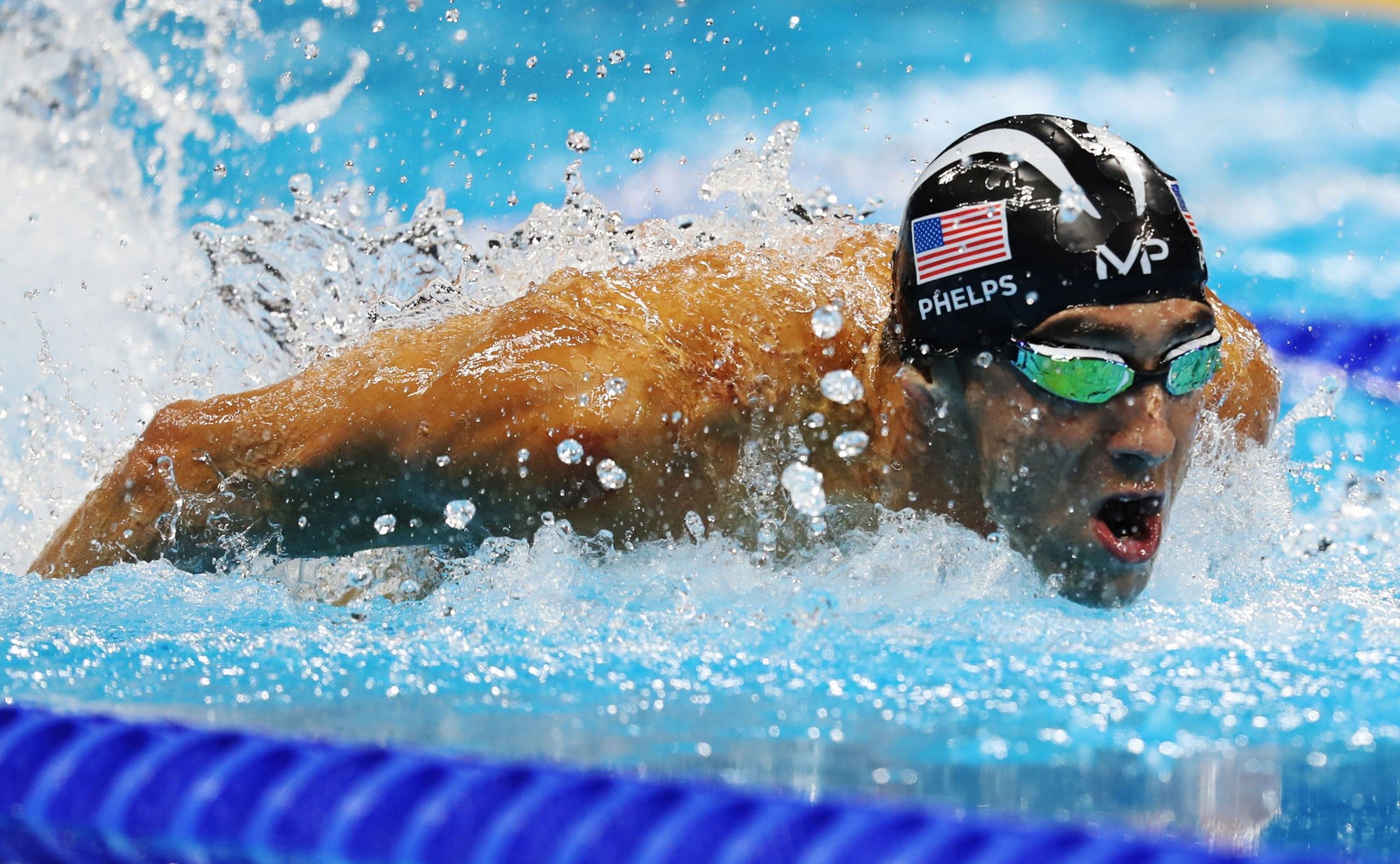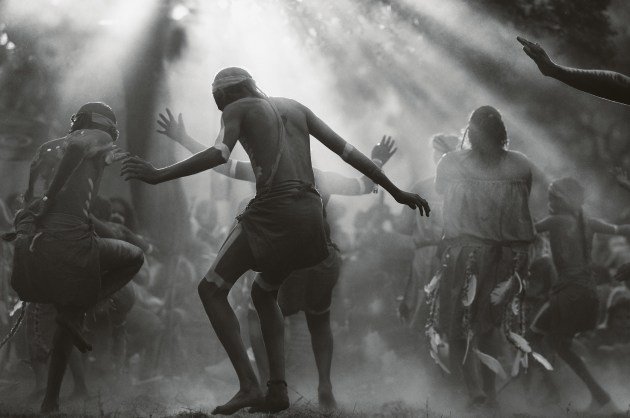
(MacNicol, 2016)
Capturing moments Unit Rationale
The Media Arts unit plan ‘Capturing Moments’ is developed to target and meet the learning requirements of year 10 students, supported by the year level content guidelines outlined within the Australian Curriculum. In this unit, students will be exploring the powerful art form of photography and its ability to capture moments in time that represent more than just reality. Students will learn how a unique look, emotion, or action can tell a story, explore manual photography techniques and processes, and will use their learnings of composition and impactful moments in photography to develop their own media works based on their learnings.
Within their investigations, students will explore the deep social, cultural, and political significance that certain ‘moments’ in photography have had throughout time, including how the art form has been used to empower and represent the culture and lifeways of Indigenous and Torres Strait Islanders and other diverse groups. Through engaging with the technical elements and codes of photography, students will be able to demonstrate their refined understanding of the art form and their ability to identify decisive ‘moments’ that hold meaning and value in various avenues. Furthermore, the understandings and skills learnt within this unit will provide students with new technical competencies and confidence for students heading into Media VCE studies.
(Widener, 1989)
The Captured Moments unit plan is designed to meet the learning requirements of year 10 media students outlined within the Australian Curriculum, aligning to specific content descriptors and addressing several of the general capabilities and cross-curricula priorities (ACARA, 2010).
Aligning to the content descriptor (ACAMAM074), students will explore and research the work of Indigenous and Torres Strait Islander photographers and analyse the cultural, political, and social values represented within their work (ACARA, 2010). While researching these significant artists, students will elaborate upon the “technical and symbolic elements” (ACARA, 2010) they have used to capture a personal response and create meaning.
To build upon this, students will engage with content descriptor (ACAMAR079) and will be asked to analyse a collection of contemporary and past times media artworks that have captured a ‘moment’, aiming to explore the social, political and cultural viewpoints stemming from them.
Through content descriptor (ACAMAM076), students will be tasked to actively experiment and create artworks with manual photography processes to demonstrate their refined understandings of “how lenses, exposure and aperture work in photography … [and] different lighting conditions” (ACARA, 2010). This exploration also includes manual settings such as shutter speed and ISO.
Much similarly, to meet descriptor (ACAMAM075), students will be tasked to explore the techniques and processes of manual photography in collaborative groups, required to demonstrate camerawork technical elements such as movement and lighting while working alongside a project brief.
Through the unit plan content, almost all sectors of the curriculum’s general capabilities are represented, including noticeable depth in areas such as intercultural understanding, critical and creative thinking, and engagement with information and communication technologies (ICT) (ACARA, 2010). Furthermore, there are numerous links to Aboriginal and Torres Strait Islander histories and cultures, ensuring that Indigenous students can “see themselves, their identities and their cultures reflected in the curriculum” (ACARA, 2010).
(Matsubara, 2018)
The unit plan is developed with considerations to implement thorough inclusion and differentiation strategies that ensure “all students have access to a quality education that meets their diverse needs” (DEECD, as cited in ARACY, 2013, p.23). Possible methods of differentiation have been outlined within each lesson to support students more closely through the development of skills. These suggested approaches include adjusting the workload of each making/responding task to suit students at different learning stages, creating flexible grouping/focus groups so that students can share their understandings and support the progression of others, and implementing multi-level activities that consider assigning tasks with different levels of complexity, numbers of steps, and alternative ways for students to demonstrate their understanding (Weselby, 2022). Diverse communities are represented and acknowledged throughout the lesson content to ensure that an inclusive environment is nurtured.
The resources that have been selected for the unit content are intended to be visually supportive so that students can develop their understanding through viewing how ‘moment’ photography is made and what technical and compositional elements are incorporated to make them successful. For theory components, PowerPoint is used to introduce content and create a discussion forum in a simple yet productive way, and helpful resources from the web are selected to support students in building their technical knowledge.
Each lesson outlines features modes of assessment that can be implemented to keep track of and evaluate the learning progression of each student. This includes how diagnostic and formative assessment strategies can be used to monitor student progression and knowledge development within in-class activities, and how summative assessment can be implemented to gauge the successful completion of lesson tasks as well as the final project.
(Unknown, 1990)
The learning intentions of the unit plan were first developed in conjunction with Wiggins and McTighe’s (2005, as cited in Churchill et al., 2021, p. 238) backward design approach. Using this outline, the objectives, outcomes, and final product for the unit were first established to determine the forms of assessment and learning experiences that could be implemented. To develop the structure of each lesson, Bloom's Taxonomy (as cited in Churchill et al., 2021, p.286) framing of “understanding, applying, analysing, evaluating, and creating” was utilised to inspire the gradual learning process and scaffold knowledge production.
Through lessons 1 and 2, students are introduced to the concept of capturing ‘moments’, how compositional elements can be used to enhance photography, and the techniques and processes of manual photography. in lessons 2 and 3 students are encouraged to apply their understandings and explore the functions of manual shooting, evaluating their learnings to then determine a creative direction for a final work. Lastly, students will use all their new knowledge developed in the unit to create a final product and reflect upon it in lesson 4.
With its own individual objectives, success criteria, and assessment opportunities, each lesson highlights the importance of the progression indicators and the potential for differentiation throughout each task. The purpose of the unit is outlined at the start of the plan so teachers can revisit the over-arching objectives, and developed sequentially, the plan can be easily followed and resourced from top to bottom. I believe that scaffolded learning is an effective way to engage students over an extended period and can intrinsically motivate self-directed learning.
The time frames of each lesson action are clearly outlined with headings that summarise what this time should be used for. Whether it be for introducing a new area of content, outlining a new task, or having designated time for group discussion, each lesson has been structured with an introductory time frame that will be valuable for teachers to interact with students and connect with them and their learning progress. Furthermore, each lesson has at least 1 larger block of time for a task or exploration so that students can demonstrate autonomy and respond/make with more freedom. I believe that these larger periods without instruction give students the time to think and approach task requirements with intent, and are more likely to encourage self-driven and independently constructed outcomes.
(Quilliam, n.d.)
The Media Arts unit plan was developed to adopt an inquiry-based approach, positioning students as both “problem posers and problem solvers” (Churchill et al., 2021, p.205) that are encouraged to form their own questions and investigations to inform knowledge production in the content area. Through the process of inquiry, students are driven to foster meaningful conversations and develop curiosities towards contexts of their choice, encouraging a self-driven environment that challenges students to think at higher levels (Murdoch, 2006, p.33). Aligning with inquiry, critical pedagogy is also introduced to engage students with the complex political, social, and cultural representations concerning Indigenous and Torres Strait Islanders, people of colour, and people with disabilities. Through this critical strategy, students will analyse and reflect upon controversial issues and social practices involving diverse communities (Churchill et al., 2021, p.268).
Furthermore, instructional/explicit teaching is incorporated using multimedia presentations, demonstrations, and didactic questioning to offer students support through the scaffolding of procedural tasks (Churchill et al., 2021, p.271). Additionally, technological pedagogies are used to “[combine] digital technology with traditional face-to-face instruction” (Churchill et al., 2021, p.270), incorporating blended and integrated learning modes to reinforce digital skills and inform web-based activities.
This space that houses the unit plan content can also be used to integrate digital learning for students, as content, resources, and lesson outlines can be interacted with through here, supporting learning efficiency and seamless engagement with web-based tasks.
(Noton, n.d.)
References:
Australian Curriculum, Assessment and Reporting Authority (ACARA). (2010). Media Arts F-10 Curriculum. https://www.australiancurriculum.edu.au/f-10-curriculum/the-arts/media-arts/
Churchill, R., Godinho, S., Johnson, N. F., Keddie, A., Letts, W., Lowe, K., Mackay, J., McGill, M., Moss, J., Nagel, M. C., Shaw, K., Ferguson, P., Nicholson, P., and Vick, M. (2021) Teaching: Making a Difference (5th ed.). John Wiley & Sons, Incorporated, Melbourne, AUSTRALIA. http://ebookcentral.proquest.com/lib/deakin/detail.action?docID=6729416
Forlin, C. Chambers, D. Loreman, T. Depperler, J. Sharma, U. (2013). Inclusive Education for Students with Disability. [Report]. Australian Research Alliance for Children and Youth (ARACY). https://www.aracy.org.au/publications-resources/command/download_file/id/246/filename/Inclusive_education_for_students_with_disability_-_A_review_of_the_best_evidence_in_relation_to_theory_and_practice.pdf
Murdoch, K. (2006). Inquiry learning : journeys through the thinking processes. TLN Journal, 13(2):32-34. https://search.informit.org/doi/10.3316/aeipt.154063
Weselby, C. (2022). What is Differentiated Instruction? Examples of How to Differentiate Instruction in the Classroom. Resilent Educator. https://resilienteducator.com/classroom-resources/examples-of-differentiated-instruction/
Images:
MacNicol, I. (2016). hundred-metre-butterfly final. [Image]. New Yorker. https://www.newyorker.com/sports/sporting-scene/michael-phelpss-most-memorable-race
Matsubara, B. (2018). Anna’s Hummingbird. [Image]. Flickr. https://www.flickr.com/photos/beckymatsubara/39089535924
Quilliem, W. (n.d.). Laura Festival. [Image]. Australian Photography. https://www.australianphotography.com/profiles/profile-wayne-quilliam
Noton, D. (n.d.). vineyards on the hillside above Saillon. [Image]. https://www.davidnoton.com/gallery/12/Central%20Europe
NPR. (2013). Nelson Mandela, with his wife, Winnie, walks to freedom after 27 years in prison on Feb. 11, 1990. [Image]. https://www.npr.org/sections/parallels/2013/06/11/190671704/the-day-nelson-mandela-walked-out-of-prison
Quilliem, W. (n.d.). Laura Festival. [Image]. Australian Photography. https://www.australianphotography.com/profiles/profile-wayne-quilliam
Widener, J. (1989). Tank Man. [Image]. Britannica. https://www.britannica.com/biography/Tank-Man






